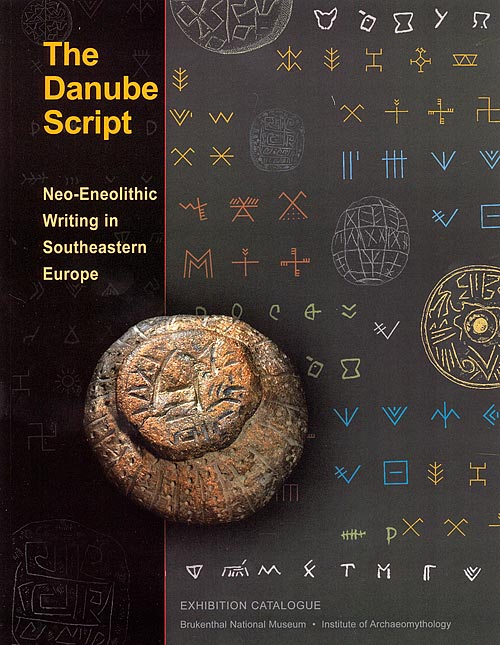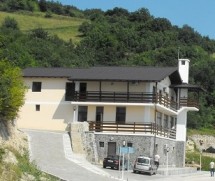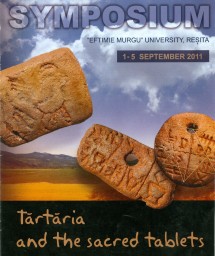The Danube Script: Neo-Eneolithic Writing in Southeastern Europe / Exhibition catalogue, edited by Joan Marler

Sebastopol: Institute of Archaeomythology (in collaboration with the Brukenthal National Museum, Sibiu, Romania), 2008 (140 pp, 58 color plates; text in English).
Price: $65 / 50 Euros
Members price: $55 / 40 Euros
THIS BOOK IS NEARLY SOLD OUT.
Please contact us for availability:
info@archaeomythology.org



